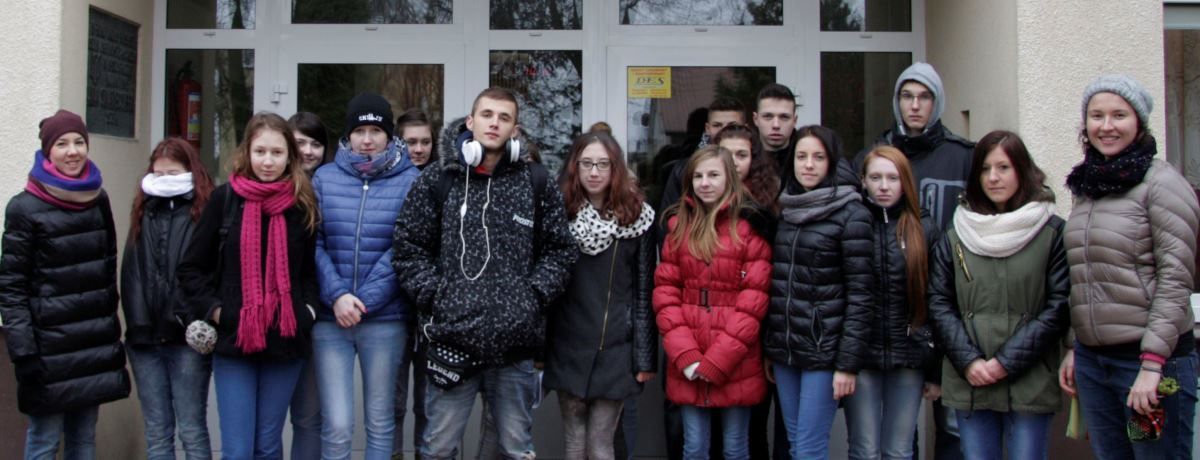Wyszogród
Jan Śniadecki School Complex


Wyszogród. One of the oldest towns not only in the Masovia region, but also in all of Poland. Jewish merchants and craftsmen actively contributed to the town’s development as early as in 15th and 16th centuries. However, wars, plagues and financial crises of the subsequent centuries and finally the great fire of 1801 had a negative impact on all the town’s residents.
In the inter-war period Wyszogród was home to 4,297 residents, more than half of whom (57%) were Jewish. Jews engaged in local politics, with Jewish representatives in the Town Council and Mr. Leibish Gemach in the position of deputy mayor. The town had an its own Kahal and a synagogue designed by architect David Friedlander. Then the War broke out and led to the tragic fate of Wyszogród Jews.
What do the town’s citizens and school students know about Jews of Wyszogród? What do they know about the Kronenberg family or Nahum Sokołow, who was a Zionist movement leader and ideologue, but also a writer, translator and pioneer of Hebrew-languagejournalism ? Would they be able to mark out the ghetto area or point to the site where the synagogue used to stand?
The youth from Wyszogród’s school complex had only vague knowledge about the town’s Jewish community. This changed after the workshops conducted by Forum for Dialogue educators.

Second year students that participated in the School of Dialogue program discovered Jewish history, culture and religion, engaged in discussions about Polish-Jewish relations, tried to understand and draw their own conclusions. As part of the workshops, the students organized a walking tour “Discovering Jewish Wyszogród” for their peers from junior high and high school, wanting to share what they learned in the course of the program and present a different perspective on the town’s history. They walked to the former location of the synagogue, with only stairs remaining from the original building that was torn down in 1939 by the Germans. They made a stop at the site of a mikveh that now serves as a Museum of the River Vistula. They then headed to the market square and stopped in front of a few houses that used to be homes to Jewish families. Decorative elements in the forms of Magen David or traces of mezuzahs are still visible on some of the facades.
They also showed tour participants the Kronenberg family house. The group also visited the Jewish cemetery. Students used string to symbolically delineate borders of the ghetto that was established in 1941 between Stary Rynek (Old Market Square) and Rębowska, Kościelna and Ogrodowa streets. When the ghetto was liquidated, its residents were transported to Czerwińsk, Nowy Dwór, Działdowo and later to the General Government – mostly to Słupia Nowa. From there the road led to extermination camps.
Students showed tour participants archival photographs and after the tour everyone headed to the school for a meeting with Mr.Ryszard Gortat, who told the students how his family hid a Jewish girl during World War II.

School:
Jan Śniadecki School Complex
Students:
2nd year students
Teachers:
Agnieszka Bor, Iwona Kowalewska
Expert:
Zbigniew Leszczyński
Educators:
Agata Jaworska, Hanna Zielińska
In appreciation to the Conference on Jewish Material Claims Against Germany (Claims Conference) for supporting this educational program. Through recovering the assets of the victims of the Holocaust, the Claims Conference enables organizations around the world to provide education about the Shoah and to preserve the memory of those who perished.

In appreciation to Friends of the Forum for supporting the School of Dialogue educational program.
